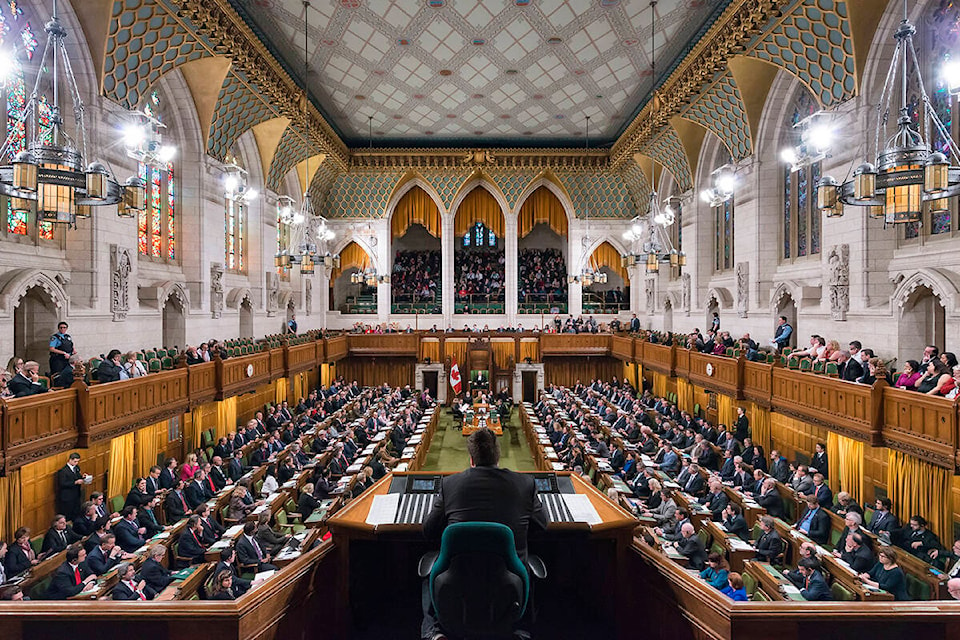~BW Uzelman
… If governments remove the obstacles.
The federal government has developed a suite of policies to support the transition from carbon-emitting fuels to cleaner alternatives, including solar, wind, hydrogen and electricity. Large scale electrification of automobiles will require facilities to manufacture the necessary batteries, enormous quantities of critical minerals and additional electrical infrastructure. Of course, extensive investments will be necessary too.
Here, complications ensue. Governments are competing for corporate investments. After the Anti-Inflation Act was passed in the US, and after the massive Canadian funding deal with Volkswagen (up to $13 billion) for its battery plant was concluded, Stellantis demanded additional federal subsidies for its plant. Federal Finance Minister Chrystia Freeland responded that she was confident a deal would be reached, but added, “I also want to point out the resources of the federal government are not infinite.”
Canada has a small economy and limited financial resources. Yet the federal government is pursuing the same companies and is offering the same incentives as the United States. The government has not provided evidence that the benefits will justify the outsized costs. Further, as Professor Greig Mordue argues, the US hosts the head offices and research facilities of Ford, GM, Stellantis and Tesla, and will benefit substantially more from the presence of battery plants than will Canada. When the US gives a company headquartered there, “that kind of money, it helps anchor and support the full value chain.”
Giancarlo Da-Re, Mathew Funk and Rachel Ziemba, politely note in the Globe and Mail, that Canada’s strategy, “is not a financially sustainable approach.” (De-Re, Funk and others also recently authored a report for Ziemba Insights entitled “Canada’s Critical Mineral Advantage”.) In addition to the “hefty price tags” for the battery plants, they say, a key ingredient is missing. “So far, the investment in Volkswagen’s EV battery plant is more than three times the entire amount dedicated to the Canada’s admittedly broad Critical Minerals Strategy ….” The strategy seeks to promote and expedite the mining of such minerals.
Federal and provincial policies have held back the development of energy projects and mines for critical and other minerals. Multiyear, risky and costly project reviews have severely hindered, and often prohibited, the development of projects. Whether the Liberal Government will succeed in eliminating these constraints as promised is an open question. So far, they have done little promptly.
De-Re, Funk and Ziemba point out in the Globe and Mail piece that we must build a complete supply chain including mines, processing plants and recycling facilities. This makes good sense. China now controls the mining and processing of many critical minerals, and dominates battery production. We should not simply replace the import of Chinese batteries with the import of Chinese minerals. The supply chain would be no more secure than it is now.
It may not be necessary for the federal government to invest vast sums in the implementation of the Critical Minerals Strategy. Canada has proven reserves of cobalt, nickel, lithium, graphite and copper awaiting development. Many are rich deposits and will support lower cost extraction. These conditions will likely reduce the need for incentives to attract mining investment – provided governments successfully cut the duration, risks and costs of the review process.
As well, Canada offers advantages for mining companies. The Ziemba report lays them out. First, Canada is proximate to major markets in North America and Asia. Second, Canada offers a stable economic and political system within which companies can operate. Third, Canada offers a strong commitment to environmental, social and governance (ESG) practices. These are of considerable consequence to many large investors, like pension funds. Lastly, Canada is one of the few countries to be a leading producer in the five critical minerals referenced, thereby offering a variety of opportunities.
There remains a key role for government in the provision of infrastructure and the development of processing facilities. Many potential mine sites are in remote areas, like the Ring of Fire deposits in Northern Ontario and the nickel and copper deposits in Northern BC and the Yukon. Governments should expand the highway system in these areas. As well, Canada has little mineral processing capacity. Ore is often sent abroad for processing. Governments could incentivize the expansion of domestic processing.
The federal government would do well to avoid further battery plant subsidies, and focus on the far less expensive opportunity, developing the critical minerals industry. That would allow the government to disperse across the country some of the billions of dollars currently targeted at Stellantis and Volkswagen and, no doubt, additional companies located in Ontario and Quebec.
bruce
Bruce W Uzelman
I grew up in Paradise Hill, a village in Northwestern Saskatchewan. I come from a large family. My parents instilled good values, but yet afforded us, my seven siblings and I, much freedom to do the things we wished to do. I spent my early years exploring the hills and forests and fields surrounding the village, a great way to come of age.
I attended the University of Saskatchewan in Saskatoon. I considered studying journalism at one point, but did not ultimately pursue that. However, I obtained a Bachelor of Arts, Advanced with majors in Economics and Political Science in 1982.
Contact: urbangeneral@shaw.ca
Like us on and follow us on .



